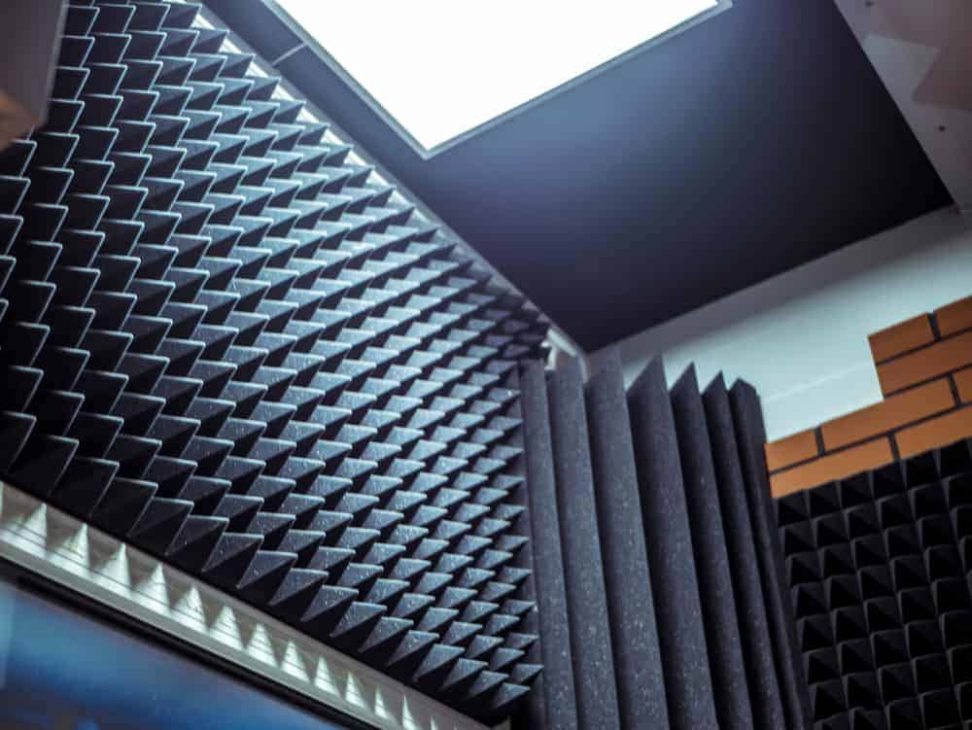UGANDA, Kampala | Real Muloodi News | In many populated areas, soundproofing the unwanted noises emanating from aeroplanes, railways, traffic, construction sites, industries or factories or even from home neighbours is the way to go against the hazardous effect of noise on one’s health.
Noise from our social interaction or chatting with friends may seem harmless. However, loud conversations, deafening music from restaurants, bars, clubs, or music concerts also add to noise pollution.
This article will look at sound reduction and absorption techniques, proposing ways builders and homeowners can mitigate noise pollution.
Therefore, when building, it is essential to know which building materials and techniques can help soundproof your home or any structure that you are building in a busy area.
First, it’s essential to understand sound reduction and absorption: sound reduction means stopping sound from entering a space. The sound reduction will ensure your space is free from outside noises, such as traffic, weather, animal sounds and any other thing that causes noise pollution.
Sound absorption stops sound within a space from echoing and reverberating. It is like reducing sound by using a surface or material to absorb it instead of reflecting it.
What to Use for SoundProofing
Spray Foam
You can apply a soundproofing spray on existing walls and floors to absorb sound.
Window Inserts
These are usually made of fiberglass or high-grade acrylics that can be used easily, on all house windows to reduce and absorb sound.
Decoupling Floors
This is a cheaper option for most, whereby floaters are placed between two floors. This breaks the vibration path for the sound waves, stopping them from entering the room at all.
Thick Cushioning for Furniture
Thick carpets with padding, curtains, and draping can also control noise levels. You can also strategically organize your furniture, for example, placing sofas near walls so that sound can be absorbed from adjacent rooms.
Vinyl Sound Barrier
This heavy material is usually used to cover flat surfaces. While they typically come in sheets, they can easily be cut into smaller pieces to be used between walls, floors, doors, and ceilings, to mention a few. They are easy to install and a cheap way to keep noise out of the room.
Shield Interior Wall
Depending on the size of the room, you can install interior shields to cut down sound vibrations. This is, however, a temporary solution in case you are low on budget.
Wall Hangings
Hard surfaces like tiles amplify sounds. Soft surfaces absorb sounds and make rooms quieter. Therefore, you can absorb sounds by covering walls with thick blankets, wall hangings, tapestries, or quilts.
Add Drywalls
This technique requires time and investment, but it’s effective. Cover existing walls and ceilings with an extra layer of ½ inch thick drywall. The additional protection will reduce noise transmission.
READ MORE LIKE THIS:



